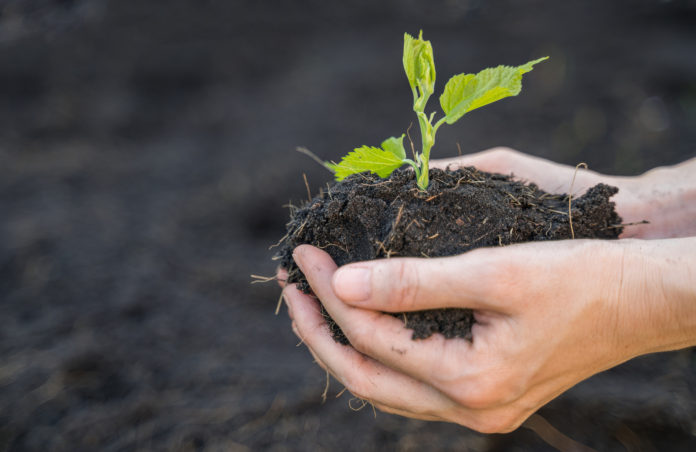
As food and beverage companies adopt sustainability initiatives, much of the efforts are going toward redesigning packaging. Some brands are focusing on packaging that’s easier to recycle and reuse, while others are favoring materials that quickly break down in the environment.
Here’s a look at what makes compostable packaging unique, as well as some of the latest packaging developments in this area.
Compostable vs. biodegradable
Materials that are biodegradable break down in the environment over time with the help of microorganisms. Technically, if given enough time (sometimes hundreds of years), all packaging is biodegradable. But the process might leave behind toxic residues. That’s why a biodegradable claim doesn’t necessarily mean that the packaging materials are environmentally-friendly.
The misunderstandings associated with the term “biodegradable” have prompted sustainability-minded companies to start advertising packaging as “compostable.” Compostable products must fully break down into organic waste, without any harmful residues, to support healthy soil and plant growth. And they must do so at a rate comparable to known compostable materials (usually within 180 days). For packaging to obtain certification for compostability in municipal and industrial facilities, the materials must meet requirements outlined by the American Society for Testing and Materials.
In short, consumers should be able to send compostable packaging to a composting site, or, in some cases, their own compost bins, and rest assured that it will completely degrade into materials that benefit the environment.
Breaking down plastics
No material has received more negative attention than plastic. Landfills, landscapes, and oceans are overwhelmed with plastic waste, and food and beverage companies are feeling the pressure to take action.
One approach is to improve the recyclability of those plastics. Another is to switch to plastic packaging made from natural, compostable materials. These plastics often include plant-based materials like starches, proteins, and cellulose.
Here are a few food, beverage, and packaging companies that are replacing conventional plastics with compostable materials:
- TIPA, a startup founded in 2010, developed a line of certified, fully compostable flexible packaging for a variety of food applications. In a partnership with B.O.S.S. Food Co., they recently created a compostable wrapper for superfood bars.
- Alter Eco’s Gone4Good candy wrappers and stand-up pouches are the first of their kind, made from renewable, plant-based, non-GMO materials.
- Love the Wild now packages its frozen meal kits in PLA-based compostable plastic trays.
- For produce, NatureFresh Farms developed a compostable alternative to polystyrene foam trays. The trays contain a pulp-based material formed out of post-industrial paper waste and water.
- Over in the UK, beverage company Earlybirds is packaging its breakfast drinks in sugarcane-based compostable bottles. (The lid, however, is recyclable, not compostable.)
- Another UK company, Goupie, now packages its chocolates in bags that compost in as little as 12 weeks.
- Lavazza is offering a sustainable solution to single-use coffee pods — its compostable Eco Caps break down within six months in a composting facility.
Deconstructing the labels
In order to create a fully compostable package, you can’t overlook the label. Traditional inks used in printed labels may include polymers, pigments, and other chemical additives that aren’t safe for the environment. And the substances that adhere those labels can be equally toxic.
Considering that compostable materials must be beneficial for soil and plant life, plant or animal-based inks and adhesives make excellent alternatives to chemical products. Soy-based inks are a cost-effective and vibrant replacement for petroleum-based inks. And adhesives composed of starch, cellulose, collagen, or casein materials can substitute for chemical options like polyurethane. As an example, No Evil Foods uses plant-based inks and adhesives for its compostable cartons.
Ultimately, the environmental benefits of compostable packaging depend on consumer understanding of how to properly dispose of compostable materials, as well as their efforts to do so. Misconceptions about compostability may lead consumers to throw their packaging outside (i.e. litter) or send it to landfills. While it should eventually decompose in these areas, it’s better left to specialized composting sites that have more control over factors like temperature and moisture.
So companies switching to compostable packaging may need to go beyond the “compostable” label by including disposal instructions on the packaging and actively educating consumers about the lifecycle of environmentally-friendly materials.








